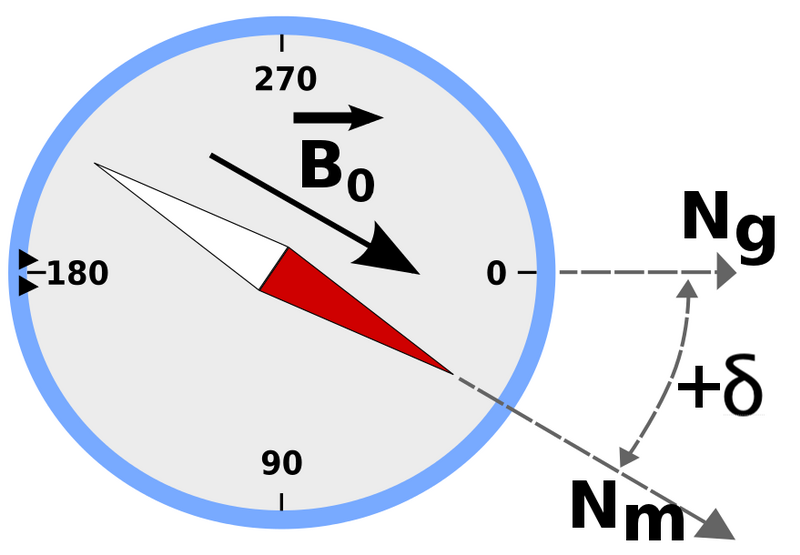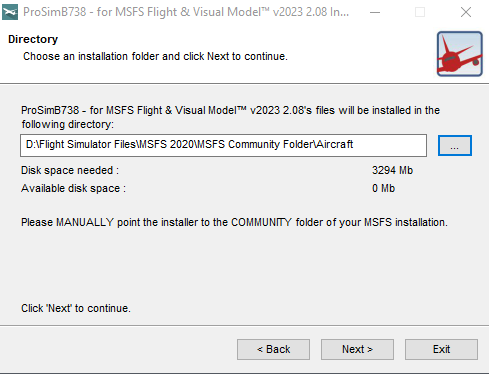INTERFACE MASTER MODULE (IMM) (No longer used; kept for information)
Important Note:
The Interface Master Module (IMM) is no longer used. The module was designed as a trial to determine if the modular system was feasible. The IMM has now been replaced with system specific modules.
Using OEM aviation components requires several interface and relay cards, quite a bit of wiring, and a number of differing voltage power supplies. The problem wasn't so much in converting the OEM components, but more where do you mount the 14-16 cards.
The obvious location is to attach the cards directly to the rear of the MIP, however, mounting so many interface cards, parallel bus bars and the ensuring entanglement of wires, would make this proposal very untidy and a minefield should you need to troubleshoot any particular card or wire.
I was keen to explore the option of a modular designed panel that would house all the interface, relay and system cards in one location, be designed in such a way as to group like-minded cards beside each other, and be enclosed to protect the cards from accidental damage.
IMM. THE WEBER SEAT GIVES SOME INDICATION TO THE MODULE’S SIZE
The Interface Master Module (IMM)
The Interface Master Module (IMM) is a module designed to house all the interface cards to keep everything neat and tidy in the one location, relatively free from dust and away from prying fingers.
The IMM controls all functionality and automation of the throttle unit. It also controls several gauges, panels and annunciators located on the Main Instrument Panel (MIP) and in the center pedestal. Functionality for the aural warning module is also included.
The IMM also houses two small high quality 6.4 Volt 4 AMP Belkin powered hubs, several relay circuits and three parallel bus bars. The use of hubs minimises the number of USB cables needed to connect to the computer, while the bus bars allow similar voltage OEM components to be connected to the same voltage power supply.
The IMM provides connectivity to the following OEM B737 components:
Landing gear lever
Flaps gauge
Brake pressure gauge
Yaw Dampener gauge
Fire Control Panel (fully functional)
Throttle unit with full motorization and automation
Radar panel (fully functional with ProSim)
EVAC panel
Phone panel
Light Flood panel
Master Warning & Caution buttons
Six Pack annunciators
Aural Warning box & warning "call outs"
Another unused PoKey card is mounted in the IMM for future expansion use as well as a 24 outlet terminal block.
IMM SHOWING CLEAR LID AND COOLING FAN
Modular Design
Using a modular design permits easy identification of components as they are grouped together by family. This enables easier troubleshooting and replacement of an item should a problem occur. The last thing I want to do, in an attempt to discover the solution to a problem, is chase ghosts and innumerable wires emanating from several systems.
Construction, Fan Installation & USB Hubs
The design of the IMM is comparatively simple. Two 5 mm thick plexiglass sheets sandwich the components which are mounted to the lower sheet of plexiglass. The upper piece of plexiglass is clear so that you can see the cards and wiring. The edges of the IMM are encased in thin aluminium sheeting fitted with holes for passive cooling.
The state I reside in, although in Australia, is located in a temperate zone (43 Degrees Latitude); therefore, excessive ambient temperatures are not a major concern, but to ensure adequate air flow across the cards two small computer fans have been installed to the upper section of the module.
Space within the module is at a premium and the interface cards are mounted close to each other with a minimal amount of wire. Many of the installed cards utilise a USB cable for connection to the computer. To minimise the space needed for the cable, only the smallest length USB cables have been chosen.
Most of the USB cables connect directly to two small Belkin USB hubs and then to the computer. The use of hubs minimises the number of USB cables snaking their way behind the MIP to the computer.
REAR OF IMM SHOWING COLOUR-CODED VGA CONNECTORS
D-Sub Use
To allow an easier and cleaner connection of the various cards to their corresponding components, all wires from the cards are soldered directly to a number of D-SUB plugs which are then firmly attached to the side of the IMM.
The use of D-SUB plugs ensures that no wire will accidently be pulled free from any device. It also allows wires belonging to the same family (ie aural warning box) to be routed to a particular D-SUB plug. D-SUB plugs also minimise the amount of loose wiring and makes the IMM very neat-looking.
Interface Cards & Equipment
The following interface cards have been used in the IMM.
Motor Controller cards (2) - TQ automation & calibration
Phidget High Current AC Controller card (2) – TQ automation & calibration
Phidget Motor Controller Advanced Servo cards (4) - TQ throttles, flaps & trim indicators
PoKey cards (1) - various
Phidget 0/16/16 cards (2) – six pack annunciators& fire panel
Phidget 0/0/8 relay card (1) – fire panel
Leo Bodnar card (2) ACP - units various
Phidget 0/0/4 DPDT Interface - relay cards (1) - various
Generic relay cards (10) - various
Arduino relay cards (2) - various
Belkin 7 input USB powered mini hub (2) – TQ
Bus bars (3 x 12V, 1 x 5v & 1 x 28V)
interface alert system (IAS) located on upper lid
Interface Alert System (IAS)
To aid in troubleshooting, an Interface Alert System (IAS) was designed using different coloured LED lights. The IAS operates via a number of relay cards which provide on/off functionality.
The Interface Alert System is attached to the side of the module and the LED lights are positioned so they can easily be viewed when the system is turned on.
A system of coloured LEDS provide an indication there is power connected, there is no continuity issue and each sub-system has connectivity. If a problem occurs with any of the cards and wiring within the IMM, the LEDS will illuminate in a predefined color arrangement providing a visual warning to which system is inoperative.
In addition to the IAS, a colour-coded system of wiring has also been iused; each colour code can be cross referenced to a particular part, interface card and wires.
Bus Bars
A bus bar is a small brass bar that allows multiple connection of components that operate from a power supply of similar voltage. Voltages vary because of the number of OEM components used. For example, the fire handles use 28 Volts as do the stick shakers mounted on the columns, however, the flaps gauge and brake gauge use 5 volts. The three bus bars (5,12 & 28 Volts), located inside the IMM are attached to the plexiglass sheet and connect directly to the power supplies.
Power Supplies and Safety
I'm using several power supplies of different voltage to power the various OEM gauges, interface cards, etc. Each power supply incorporates a trip mechanism should a surge or spike occur in either direction (from the mains or from "dodgy" wiring). To enhance safety further the supplies are plugged into a "high end" surge protector. The power supplies are mounted on top of each other and a protective box is placed over the supplies (partially open at two ends to allow air circulation).
The reason for the box is safety. Australian power is 240 Volt and the power supplies do not incorporate a protective shield around the area where the mains wire in connected. The box will stop pets form becoming too curious and getting "fried".
Location of IMM and Power Supplies
The platform at the front of the MIP was extended by roughly one meter. I am using a modular platform and extending the platform was a very easy process.
The extra space provided by the platform extension is used to place two/three computers, the Interface Master Module, power supplies and anything else necessary to the operation of the simulator.
A shelf was also added to the front of the MIP to allow any number of power boards to be easily secured, removing them from the floor. This makes the forward part of the MIP more tidy and compact.
Forward and Aft Overhead Panels
An identical module will be designed and constructed based on the design of the IMM. This module, to be called the Interface Overhead Module (IOM) will be dedicated solely to the forward and aft overhead panels and any other items needed in the ceiling area, for example, the two map lights.
Additional photographs can be seen in the Picture Gallery.
Nomenclature and Acronyms
OEM - Original Equipment Manufacturer (in this case a real aviation component).
IMM - Interface Main Module
IAS - Interface Alert System
IOM - Interface Overhead Module












































